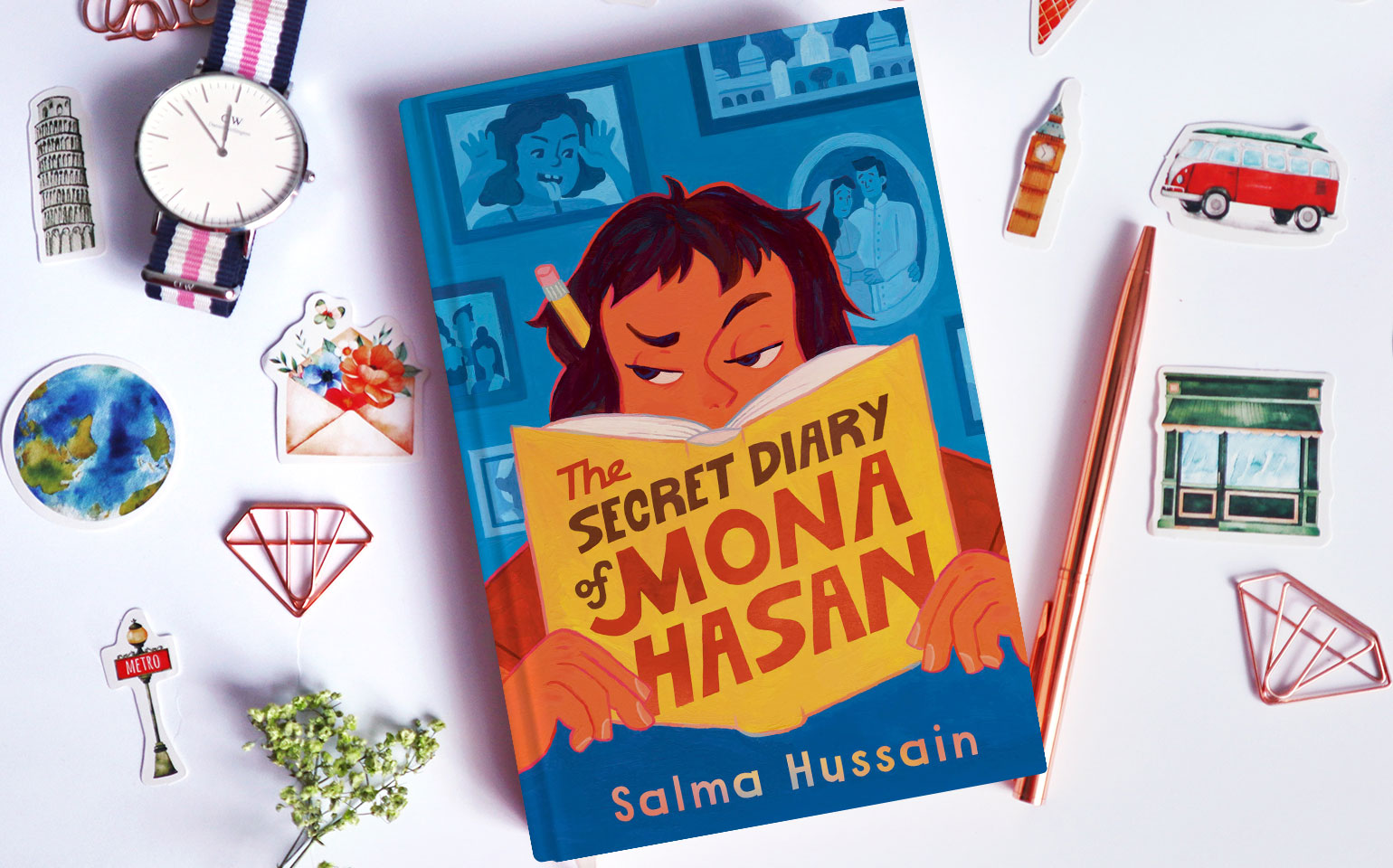How to Judge a Book
The type of books you read is a glimpse of who you are as a person. However, this may not always be true because sometimes we pick the wrong book. This happens when you don’t know how to judge different things. So, what does judging actually mean?
Judging involves forming an opinion or evaluation based on available information or initial impressions. It’s often quick and can help with decision-making but if it’s not done carefully, it can overlook deeper aspects. Therefore, while judging, you should ask yourself a number of questions. Here is a detailed guide to help you evaluate your next read!
First Impression: The Title
Your first step and initial impression is the title itself. The title could be anything: it can be the name of the main character, the setting of the tale, or the time period of the story. Does the title of the book resonate with you or not? Does it spark enough curiosity within you to pull it from the shelf? If yes, then you are off to a good start!
The Cover Page
Now, consider the overall look of the book itself. As you review the design of the cover page, see if it interests you. If the title didn’t grab you, the cover might just seal the deal. A well-designed cover is a good indication that the book’s writers, publishers, and illustrators are serious about attracting readers and marketing the book.
While it’s often said, “Do not judge a book by its cover,” I believe there’s a nuanced perspective to consider. In our fast-paced world—where artistic capabilities are more accessible than ever—the design elements of a book, including its cover, colour palette, and images, can provide valuable insights into its content.
The cover serves as an important marketing tool, offering readers a quick glimpse of what’s inside, making it perfectly acceptable to consider a book by its cover.
That said, it’s important to remember that covers can also be misleading. While they offer a first impression, exploring the actual content is crucial for a complete understanding of the book itself. Finding the right balance between assessing a cover and being open to what’s inside allows us to appreciate both the artistry of the design and the depth of the story.
A Succinct Summary: Book Description
If you are still intrigued, the next step is reading the book description, which is a succinct summary of the content. Usually, the description is printed at the back of the book, but sometimes it can be challenging to find because it could be located inside the front flaps or, in some rare cases (like old books), it might not be there at all. Also, some self-published books don’t contain descriptions; some authors prefer a minimalist presentation.
Reader Reviews
If you’re ordering a book online or looking in a bookstore, you may want to use your phone to check reader reviews on websites like Goodreads, Amazon, or The New York Times Book Review— any platform where readers mingle and talk about books.
This is an essential step, as diving headfirst into a book can be a risky move, especially in this economy where books can be expensive. Make an effort to look for positive and negative feedback, which offers a broader view of what readers think. Reviews can help you understand the book’s strengths and weaknesses and can alert you to any trigger warnings or content that might not suit your taste.
Genres and Styles
Subsequently, during your online exploration of a book, you can quickly browse through a diverse array of genres, including fiction, non-fiction, mystery, sci-fi, fantasy, romance, and more. Each genre offers unique themes and storytelling techniques that can shape your reading experience.
Furthermore, pay attention to the author’s style and voice. Is it lyrical and descriptive, or straightforward and concise? The tone can greatly influence how the story resonates with you. You might also consider the book’s length or word count, especially if you prefer shorter reads or are looking for something more substantial.
About The Author
Last but not least, you can research the author if they are new to you. This way you will get to know who they are, when they wrote the book, and what inspired them. This information can result in a deeper understanding of what the book is going to be about. You will also learn about their views and opinions and how they differ or are similar to yours. You might just stumble upon your next favourite author. You never know!
In a nutshell, I believe that evaluating a book before buying is crucial, as it ensures the book aligns with your interests, ultimately saving you time and money.
This quick process, which takes only about 5 to 10 minutes, allows you to evaluate key elements like the title, cover, description, and reviews. By doing so, you can identify quality works and avoid sensitive content, leading to a more satisfying and enjoyable reading experience.
Also, this preliminary assessment can help you discover hidden gems or new favourites that might not be immediately apparent. It also empowers you to make informed choices, enhancing your overall reading journey. In a world overflowing with options, taking a moment to assess what resonates with you can lead to more meaningful and enriching literary adventures. Happy reading!




